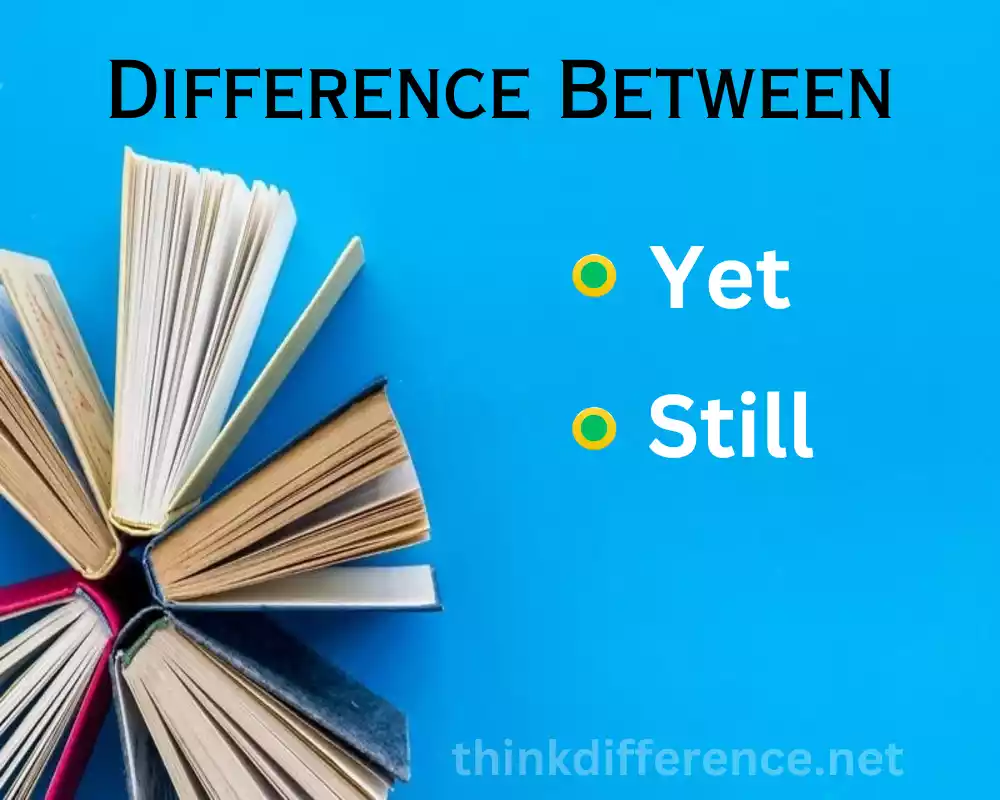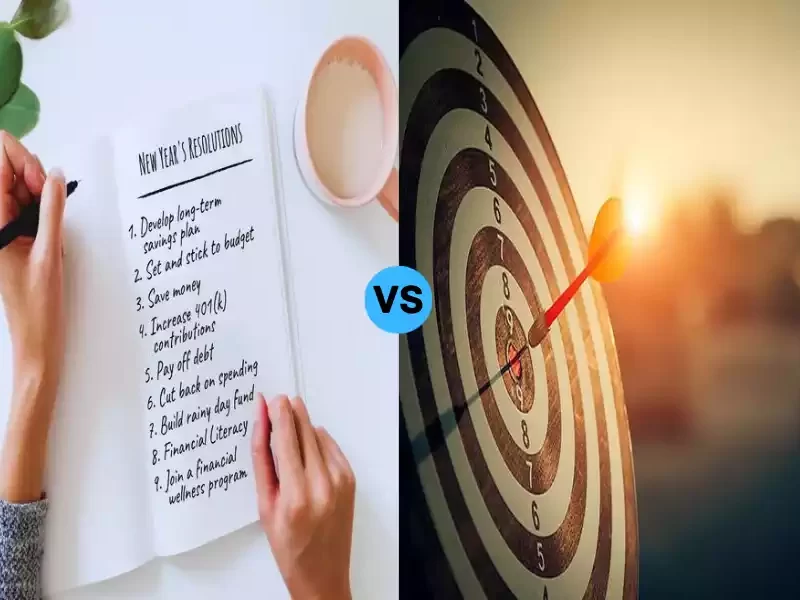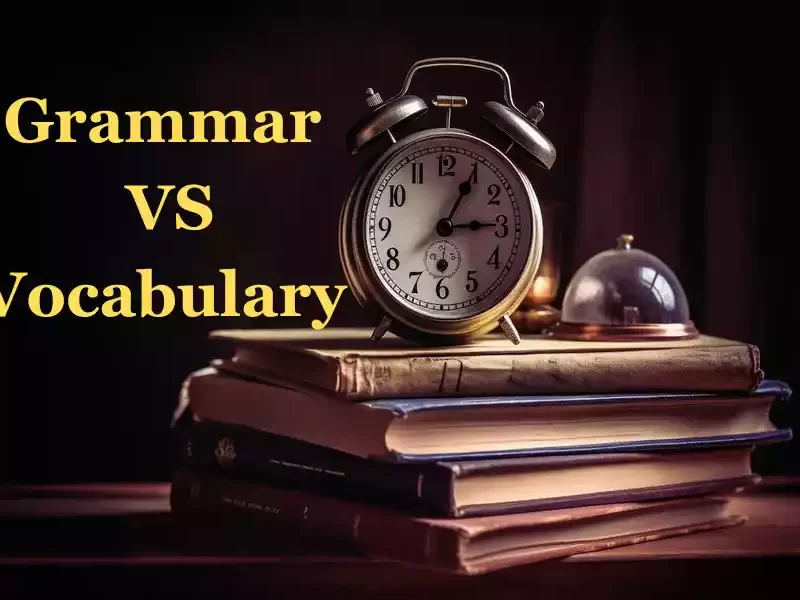Definition of Yet and Still
Yet: Yet can be used to express that something hasn’t happened yet or something hasn’t finished but will in the near future. It conveys anticipation or the feeling that time has not yet arrived in statements or questions that use negative language, or simply introduce new information or make contrary points by emphasizing something yet to occur or expected or anticipated.
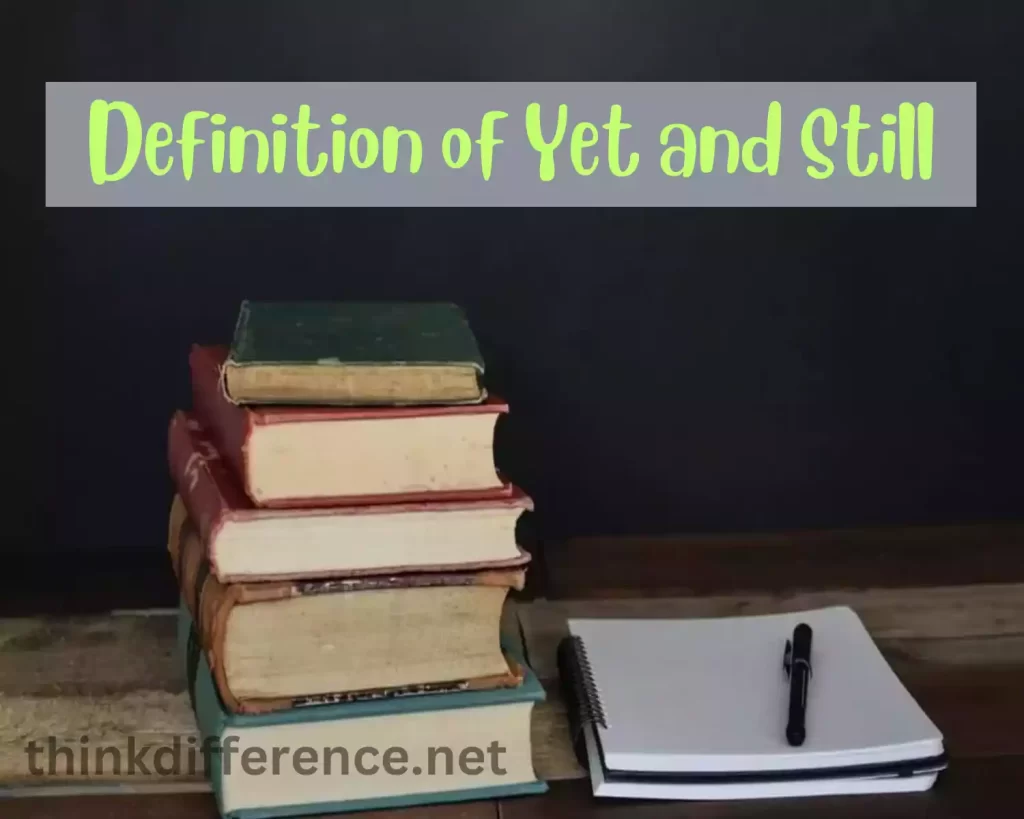
Still: Still is a verb that defines an unchanged state or condition, often used to show how something continues regardless of time passing or other potential changes, without shifting or shifting away from what was originally true or unchanged. “Still” conveys this idea by emphasizing certain characteristics or situations or providing contrast. It conveys how something remains in its original steady state or continues without interruptions or surprises.
Importance of understanding the difference between Yet and Still
Understanding the distinctions between “yet”, “still”, and “yet again” for accurate communication is of great significance. Below are a few reasons that this understanding should be prioritized over simply learning one term at random: yet and still”.
- Precision in meaning: Yet and still have distinct meanings, and choosing which word to use depends on what message you wish to relay. Be careful in using them correctly or else risk any misinterpretations of what your intent was.
- Clarification in Time: Words like “yet” and still are often used, helping express events or states more precisely by their timing or continuity. Selecting an apt term such as yet or still can clarify whether something should be expected shortly (yet), or is continuing already today (still).
- Effective expression of expectations: Expression of anticipation or expectations can be powerful: using “yet”, an often-used expression, to convey anticipation can help communicate future potential by distinguishing “yet” from “still”, is especially important when conveying expected or anticipated outcomes.
- Describing Continuous Conditions: “Still” when used appropriately can emphasize that something remains unchanged over time or remains the same in form or quality. You can use “still” to emphasize persistence, lack or change, or motion being present – you could use this expression of continuous state as evidence that an event continues unchanged or doesn’t change with time. You could use still to indicate an uninterrupted state or quality;
- Clarification of Contrasting Information or Additional Details: Utilizing words such as “yet” and “still” when adding extra or contrasting information will allow for the best presentation possible and meet your intended emphasis. Understanding their purpose will make presenting your data effortless and in line with its message.
Accurate communication hinges upon being able to differentiate between “yet”, “still”, and “soon”, to convey expectations appropriately while maintaining continuity and contrast in conversations.
Usage of “Yet”
Yet has many uses; its most prevalent form can be utilized in numerous contexts.
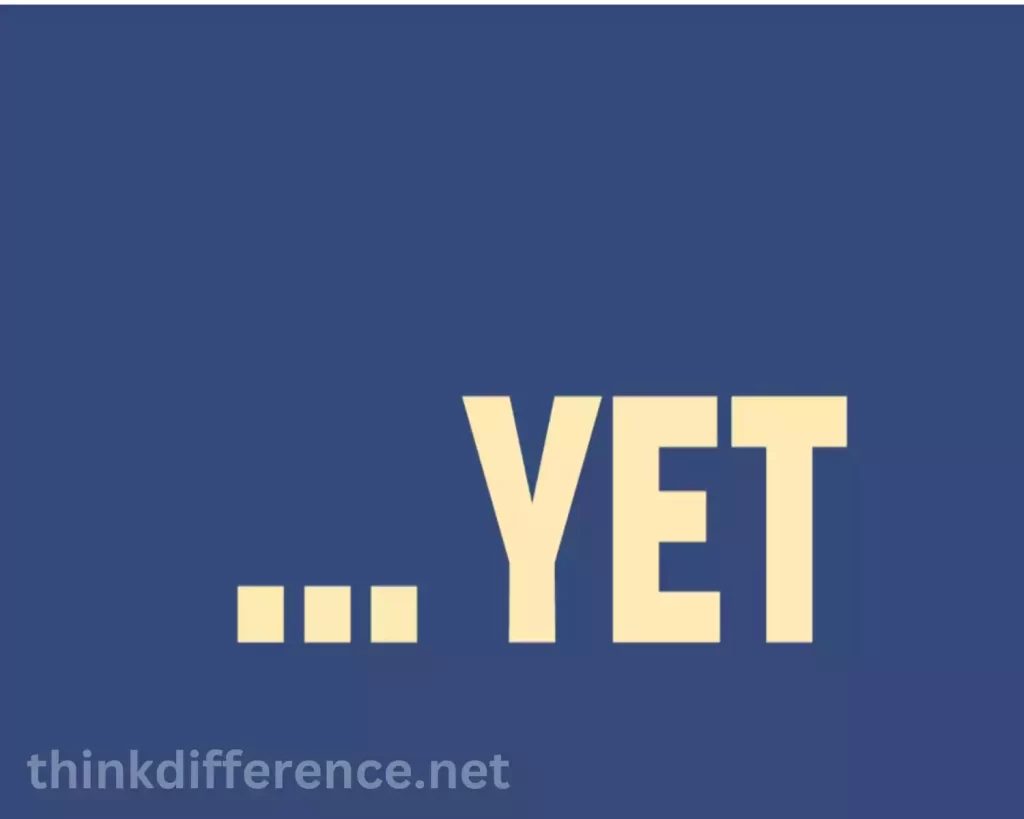
Denoting an expectation or anticipation: “Yet”, when used in negative statements or questions, indicates an expectation for something which has yet to occur or hasn’t completely concluded but will in time.
Example sentences:
- “I haven’t finished my homework yet.”
- “Has the package arrived yet?”
- “She hasn’t told me the news yet.”
Indicating a specific time or point in time not yet reached: Indicating that an event or moment has yet to occur: “Yet” can be used to refer to times or moments in time that have not happened yet but will happen eventually.
Example sentences:
- “The movie hasn’t started yet.”
- “They haven’t announced the winners yet.”
- “The meeting hasn’t concluded yet.”
Expressing an addition or further information: Yet can be used as a way of providing additional details or emphasizing contrast.
Example sentences:
- “He is a talented musician, yet he remains humble.”
- “The cake was delicious, yet simple to make.”
- “She works hard, yet she finds time for her hobbies.”
“Yet” denotes something has not occurred or completed itself yet, yet expectations, anticipations or the possibility that it may in the near future. Depending on its usage and sentence structure, “yet” can have multiple interpretations.
Usage of “Still”
There are various uses of “still”.
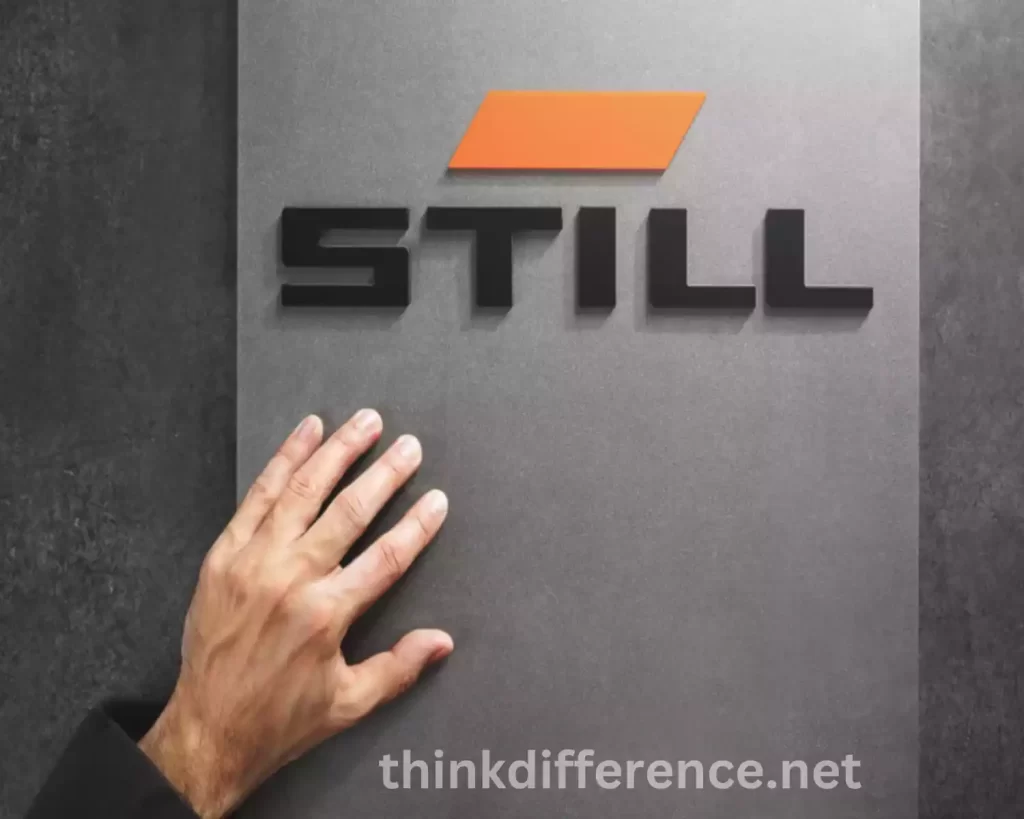
Here are a few of them that most frequently occur:
Expressing an ongoing or continuous situation: Still is a verb used to illustrate a state or situation which remains unchanged or continues after some period of time has elapsed.
Example sentences:
- “He is still working on the project.”
- “The rain is still falling outside.”
- “She is still studying for her exams.”
Demonstrating a lack of change or movement: Still is often used as an indicator of stagnation or progress in various situations.
Example sentences:
- “The traffic is still congested.”
- “The price of the product is still the same.”
- “The clock is still ticking.”
Referring to the persistence of a state or condition: Still can be used to emphasize an event or situation which continues uninterrupted over time.
Example sentences:
- “He is still in love with her after all these years.”
- “The problem still exists despite our efforts to solve it.”
- “The house is still standing strong despite the storm.”
“Still” conveys that something remains constant or unchanged without change or interruption and emphasizes continuity or persistence of action, situations or states. The use of this word depends upon context and sentence structure.
Differences between Yet and Still
Yet and still are two different words with distinct differences when it comes to meaning and usage.
Here are a few major distinctions between Yet and Still:
Temporal differences:
- Yet refers to an unreachable future point or time, suggesting something will occur at some undefined point or time in the distant future.
- Still stands for continuous or absence of change – meaning a situation, state, or action remain unchanged over time.
Expectation vs. persistence:
- “Yet” can be used to express an expectation or anticipation.
- Still emphasizes continuity or persistency by showing that an action, situation or quality remain undisrupted and uninterrupted by time or action.
Contextual usage:
- Yet is often used to convey anticipation or an event yet to happen, or to indicate time has yet to arrive. Yet is also used to indicate an expectation or future event.
- Still is often used when referring to constant change or persistence – or an absence thereof. “Still” often refers to things which continue or endure indefinitely and this phrase serves this purpose well.
As both words can convey time and continuity, it’s crucial that you understand their differences. “Yet” emphasizes future expectations or potential while “still” refers to present consistency or lack of change. Knowing these distinctions between yet”, still“, and never” will enable more precise communication and effective conversations.
Examples table of Yet and Still
This table presents examples of “yet” and “still” used in different contexts:
| Context | Example with “Yet” | Example with “Still” |
|---|---|---|
| Time | “I haven’t eaten dinner yet.” | “I’m still waiting for my dinner.” |
| Expectation | “They haven’t decided on the venue yet.” | “I’m still hoping they choose the beach.” |
| Completion | “She hasn’t finished her presentation yet.” | “He’s still working on his project.” |
| Contrast | “He is intelligent, yet humble.” | “The weather is cold, yet beautiful.” |
| Persistence | “The rain hasn’t stopped yet.” | “The rain is still falling.” |
| Unchanging State | “The prices haven’t changed yet.” | “The prices are still the same.” |
| Ongoing Action | “I haven’t heard from him yet.” | “I’m still waiting to hear from him.” |
| Continuity | “She hasn’t lost her passion for art yet.” | “She’s still passionate about art.” |
| Emphasizing Effort | “He hasn’t given up yet.” | “She’s still working hard to achieve her goal.” |
Conclusion
“Yet” and “still” might seem similar; however they each serve specific roles when communicating effectively. While “yet” introduces contrast, “still” emphasizes continuity – when these words are strategically used they add depth and clarity to writing that makes their work all the more captivating and captivating.

